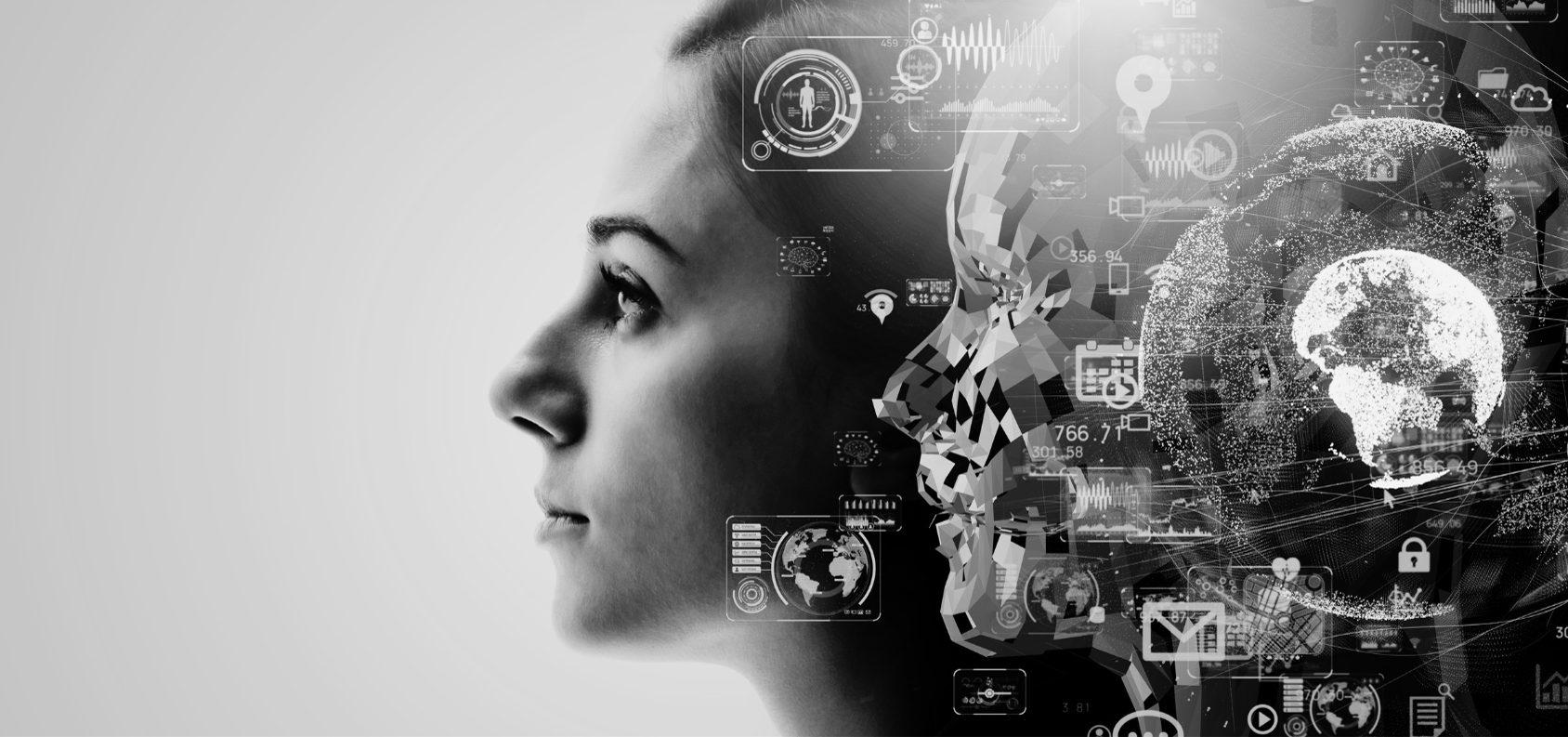Up to 200 new Artificial Intelligence, AI, applications go live every week. No wonder it is hard to keep up with what is current!
AI is developing quickly—a gross understatement—and has the potential to revolutionise every area of our life. It has already been shown to be useful in the fields of speech recognition, image classification, and natural language processing.
Understandably, the quick development of AI has also led to worries about how technology will affect society, including worries that automation will displace human workers and moral questions about using AI to make decisions. We’ve all seen the movies Terminator, The Matrix, Irobot, and Ex Machina. I found those movies entertaining, but the thought of it actually happening is downright creepy.
As with everything, AI has the potential for advantages and disadvantages. The decision of how to use AI ultimately rests with the user.
AI: Friend or Foe?
The argument of whether AI is a friend or foe is a tricky one, and it’s likely to be debated for years to come. On one hand, AI can be a real asset, making our lives easier and more efficient.
But there are downsides, too. One of the biggest concerns is how AI could affect employment. With AI being able to perform tasks that previously required human workers, people are worried about what this means for job security.
Here are some of the main arguments for both sides:
Advantages of AI
1. Increased efficiency
A definite benefit of AI is its ability to process large amounts of data quickly and accurately. It can tackle mundane tasks, freeing us up for more important work.
2. Automation of Dangerous Tasks
AI can also be used to automate dangerous or repetitive tasks, such as monitoring nuclear power plants or performing factory inspections. This can help reduce the risk of accidents and free up human workers to focus on more complex and creative tasks.
3. Improved Decision-Making
Huge volumes of data can be analysed by AI, which can also spot patterns that are difficult for humans to see. This can result in more informed choices being made in a number of industries, including finance and medicine. In healthcare, it can help identify patterns and diagnose illnesses with more accuracy.
4. Personalization
AI can also be used to personalise or customise individual user experiences, such as recommending products or services based on their past behaviour.
Disadvantages of AI
1. Job losses
Understandably, this is a big concern, particularly in industries that rely heavily on manual labour. While some argue that AI will create new jobs, others worry that the displacement of workers will be too significant.
2. Bias and Discrimination
When it comes to AI, its level of ‘fairness’ is directly linked to the data it’s been trained on. It stands to reason, if that data is skewed or biassed, then the AI system itself will also become skewed or biassed. This can result in unjust treatment and discrimination against specific groups of people.
3. Lack of transparency
AI systems can be difficult to understand, even for experts. It is this lack of transparency that can make it difficult to identify and address potential issues or biases in the system.
4. Potential for Misuse
Like everything else, AI can be used for malicious purposes, such as creating fake news or deepfakes, surveillance, or data mining. As witnessed with the Cambridge Analytica scandal, we need to consider privacy concerns and whether we’re comfortable with our information being collected and used without our consent. And what about the use of AI in autonomous weapons systems? This could potentially cause harm to innocent civilians.
As I said earlier, the AI debate and our concern for its impact on life as we know it will undoubtedly continue for some time to come. However, it’s my hope that both sides will become increasingly informed and enlightened as the conversation progresses.
Current AI uses
AI is not new and is already being used in a variety of applications, including:
Agriculture: Identifying defects and nutrient deficiencies in soil for agriculture
Healthcare: AI is being used to develop new treatments, diagnose diseases, and monitor patient health.
Finance: AI is being used to analyse financial data, detect fraud, and develop investment strategies.
Customer Service: AI chatbots are being used to provide customer service and support.
Transportation: AI is being used to develop self-driving cars and optimise traffic flow.
Marketing: Predicting purchases and gathering data for marketing
The list of AI applications is continuously expanding, as researchers and developers continue to explore the potential of this transformative technology. I
AI: Friend or foe?
The answer is not a simple one, but rather a complex and nuanced one. With greater knowledge comes greater understanding, and as we learn more about the potential benefits and drawbacks of AI, we can make more informed decisions about how to move forward.
Moreover, it’s important to recognise that AI is not a monolithic entity, but rather a complex technology that encompasses various types of systems and applications. For instance, there is a difference between narrow AI and general AI, with the former being designed to perform specific tasks while the latter aims to replicate human-like intelligence. Understanding these nuances and distinctions is crucial to developing effective policies and regulations that can address the specific concerns and risks associated with different types of AI.
Finally, I believe that the key to successful and responsible AI implementation lies in collaboration and cooperation among various stakeholders, including researchers, developers, policymakers, and end-users. By working together and engaging in constructive dialogue, we can identify potential pitfalls and devise solutions that can mitigate any negative impacts of AI. In this way, we can ensure that this transformative technology is used in a way that benefits society as a whole.
FAQs
1. Will AI take over all human jobs?
While it is true that AI has the potential to automate many jobs, it is unlikely that it will replace all human workers. There will always be a need for human creativity and critical thinking.
2. Can AI be biassed?
Yes, AI can be biassed if the data used to train the system is biassed. This can lead to discrimination and unfair treatment of certain groups.
3. Is AI safe?
AI can be safe if it is developed and used responsibly. However, there is always a risk of AI being misused or causing harm if it is not properly regulated.
4. Can AI be used for good?
Yes, AI can be used for good in a variety of ways, from improving healthcare to reducing carbon emissions. However, it is important to ensure that AI is developed and used responsibly to minimise the risk of unintended consequences.
5. How can we ensure that AI is developed and used responsibly?
To ensure that AI is developed and used responsibly, it is important to have regulations in place to govern its use. Additionally, transparency and accountability are key to ensuring that AI is not misused or biassed.


